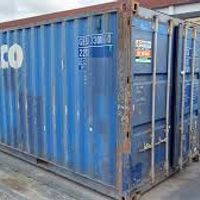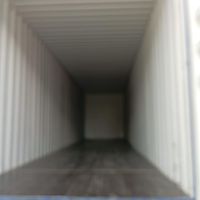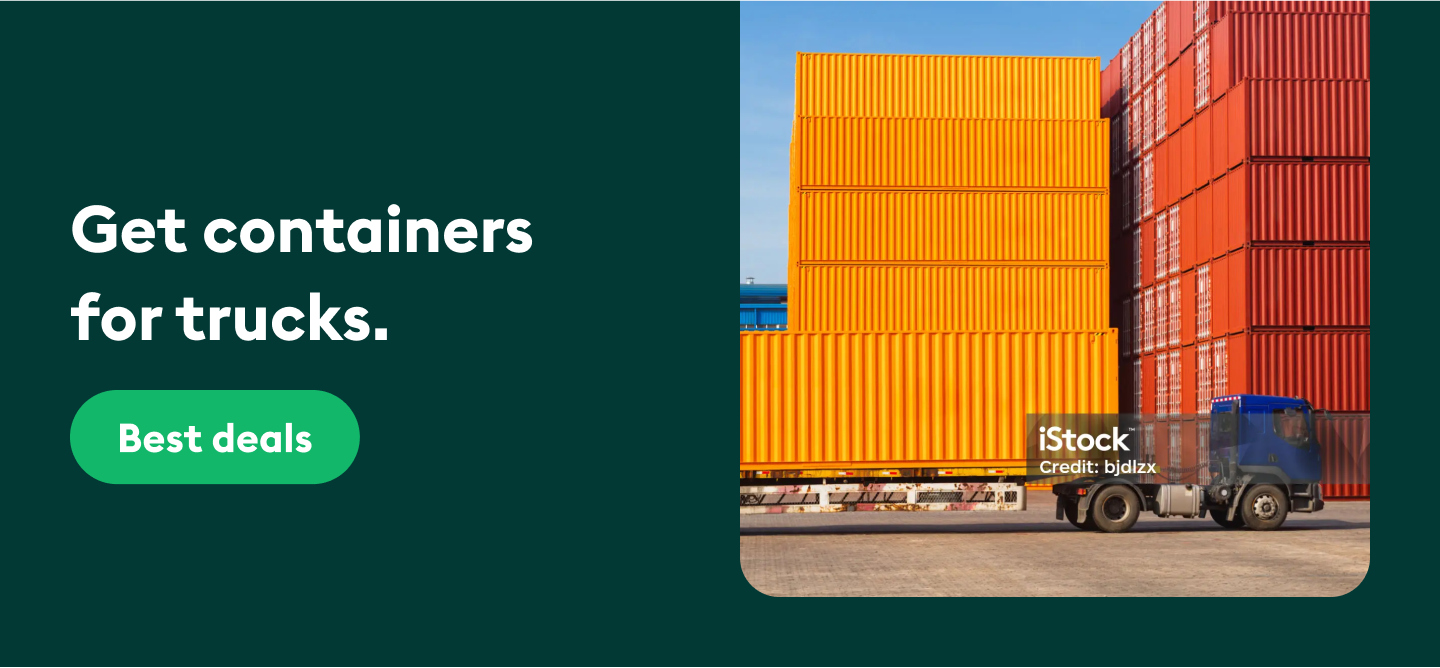Planning to move a shipping container? Learn how you can move a shipping container using different ways in this blog post. Know how trucking companies are expanding their business to container trading and making huge profits!
Whether you need to move shipping containers for the purposes of shipping, storage, or construction, moving these heavy units—even when empty is not easy. But rest assured you don’t always need complicated heavy machinery for transportation. In instances where you have to move a container locally, you can even make use of a pickup truck as long as you’re well aware of the necessary tools and knowledge required. We’ll discuss more about this later in the blog.
However, if you need a regular supply of shipping containers, we present to you Container xChange. An online container marketplace to buy shipping containers in bulk at wholesale rates! Not only are the container prices affordable but you can negotiate them directly with the supplier, giving you the freedom to drive down the price. By buying containers at low prices, you can significantly reduce your container procurement costs and earn profits.
Simply use the public search below to find containers in 2,500+ locations globally. Get competitive prices from vetted sellers and choose the deal that’s within your budget easily!
9,528 results found on the platform.
Container prices start from $400/unit.
Currently no match for your search
Change your search criteria or fill out the form below to get notified via email when there is a new match for you on xChange!
-
Pick-up

20DC (Cargo worthy)
3 units available
YOM:
Year of manufacture:
2004
2010
Savannah, GA
per container
Non-negotiable price$
1090
-
Pick-up

20DC (Cargo worthy)
6 units available
YOM:
Year of manufacture:
2004
2010
Savannah, GA
per container
Non-negotiable price$
1090
-
Pick-up

40HC (Brand new)
20 units available
YOM:
Year of manufacture:
2024
2024
Yekaterinburg, Sve
per container
Negotiable price$
1800
Showing 3 of 9,528 results
Load more()
YOM:
Year of manufacture:
per container
$
What you need to know before moving a shipping container
There are a few things you should keep in mind before you transport a shipping container. Let’s explore them in detail.
Know the weight of your shipping container
One of the most important factors to consider before moving a container is the shipping container weight. Standard empty 20-foot shipping containers usually weigh over 5,000 pounds. Meanwhile, empty 40-foot shipping containers can often weigh over 8,200 pounds. The weight of the container also increases once you put the cargo inside it.
To know how much weight your delivery truck can carry, you’ll need to calculate the Gross Vehicle Weight Rating (GVWR). GVWR describes how much weight a truck can carry including its native weight. For example, a GVWR-rated truck with a limit of 10,000 pounds can only carry a trailer with a total weight of less than or equal to 10,000 pounds.
Forklift vs Crane: Which is best to load your container?
Forklifts are used to load containers onto trucks. It’s important to choose the right type of forklift or it can cause damage to both your container and truck. You should not use standard warehouse forklifts as they’re not equipped to handle the container weight. The forklift should be outfitted to lift at least 15,000 pounds. This ensures that the forklift’s arms are wide and strong enough to lift the container without incurring any container damage.
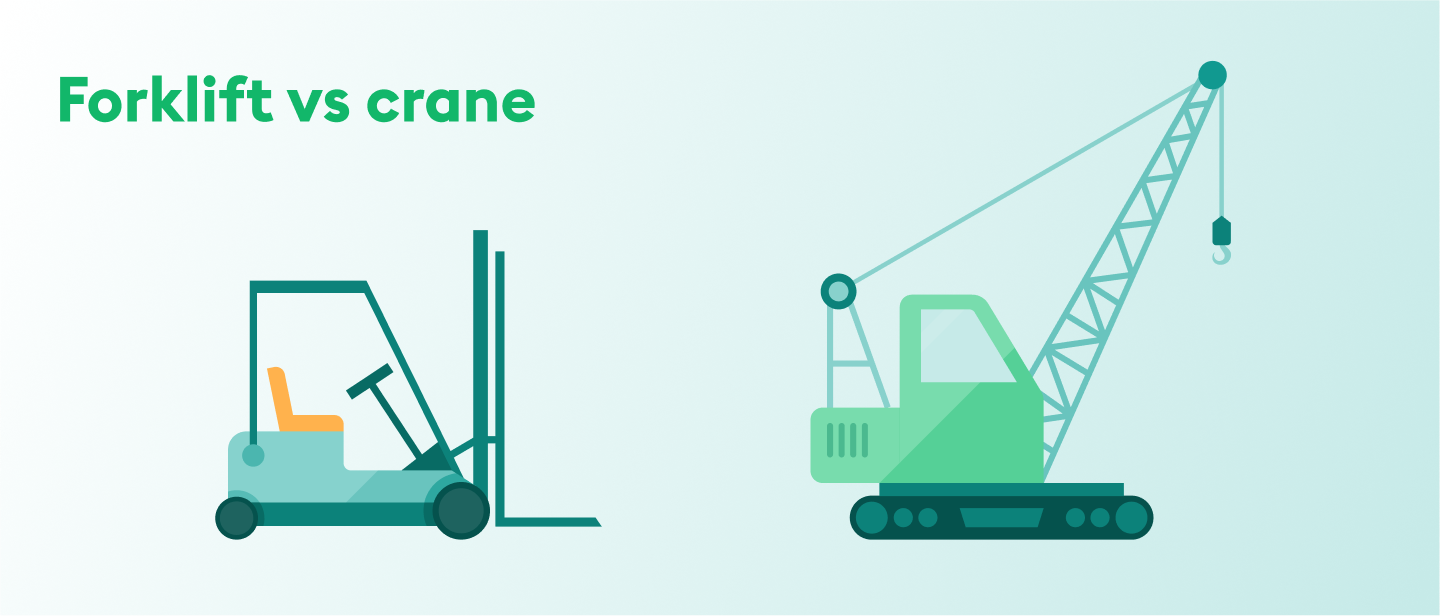
An easier way to load containers onto trucks is through the use of cranes as they’re equipped to handle more weight than a forklift. However, cranes require special licenses or operators. Unless you use one of these for your job, you’ll need to hire a professional to do the crane lifting for you—even if you drive the shipping container from place to place.
Accessibility of the Destination
Before moving a shipping container, assess the destination’s accessibility. Ensure enough space for truck entry, check for any height or width restrictions, and confirm the availability of a flat surface for easy and safe container placement.
Now that you know the most important things to keep in mind before moving a container, let’s understand how you can move containers with different types of trucks.
How to move a shipping container with a truck?
Trucks offer a great option for moving containers across long distances. It’s a straightforward and reliable way to move goods efficiently. Different types of pickup trucks can be used for different purposes. Read on to find out more.
Tilt Bed truck
If you’re moving a container for short distances (under 200 miles), opt for a tilt-bed truck. The bed of this pickup truck can be tipped at an angle to let the cargo slide off with ease. This means that you will be able to arrive on-site and set the container on the ground with no additional equipment. Just ensure there’s enough room and the ground is dry and level when using a tilt-bed truck.
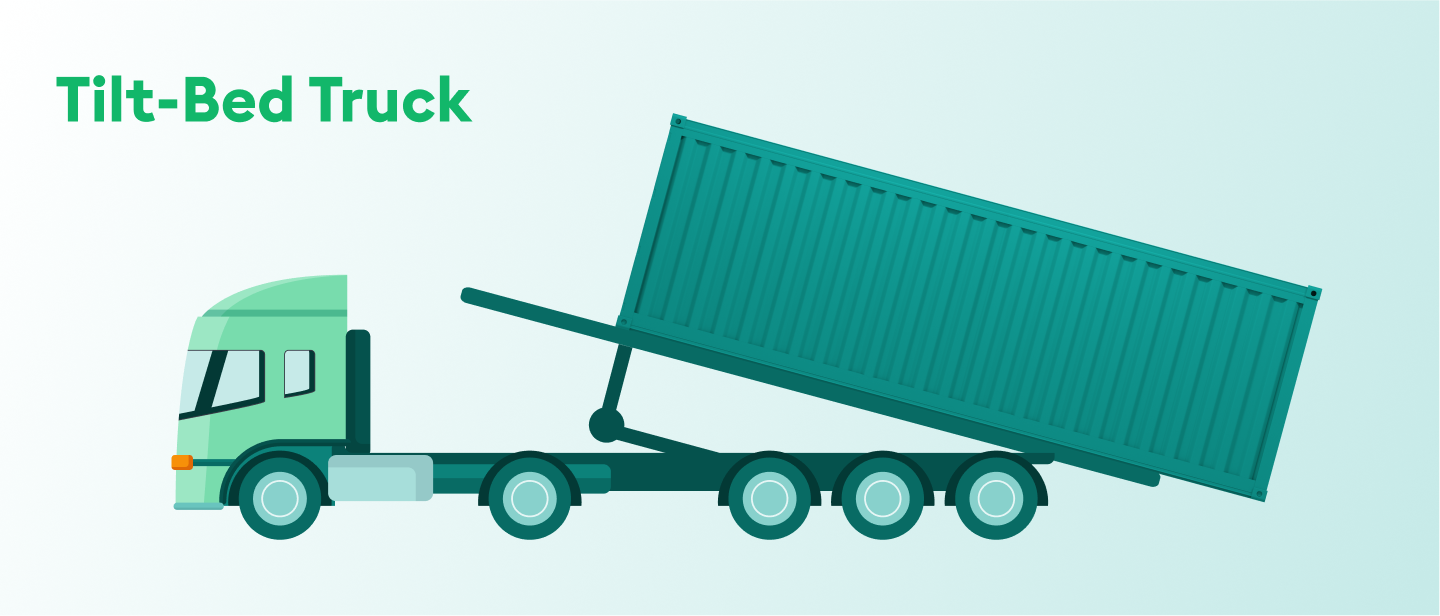
Flatbed truck
For a long distance (over 200 miles), opting for flatbed trucks is often cost-effective. Tilt beds are pricier per mile, making flatbeds more economical. These trucks have an open platform, requiring a crane or forklift for loading and unloading containers.
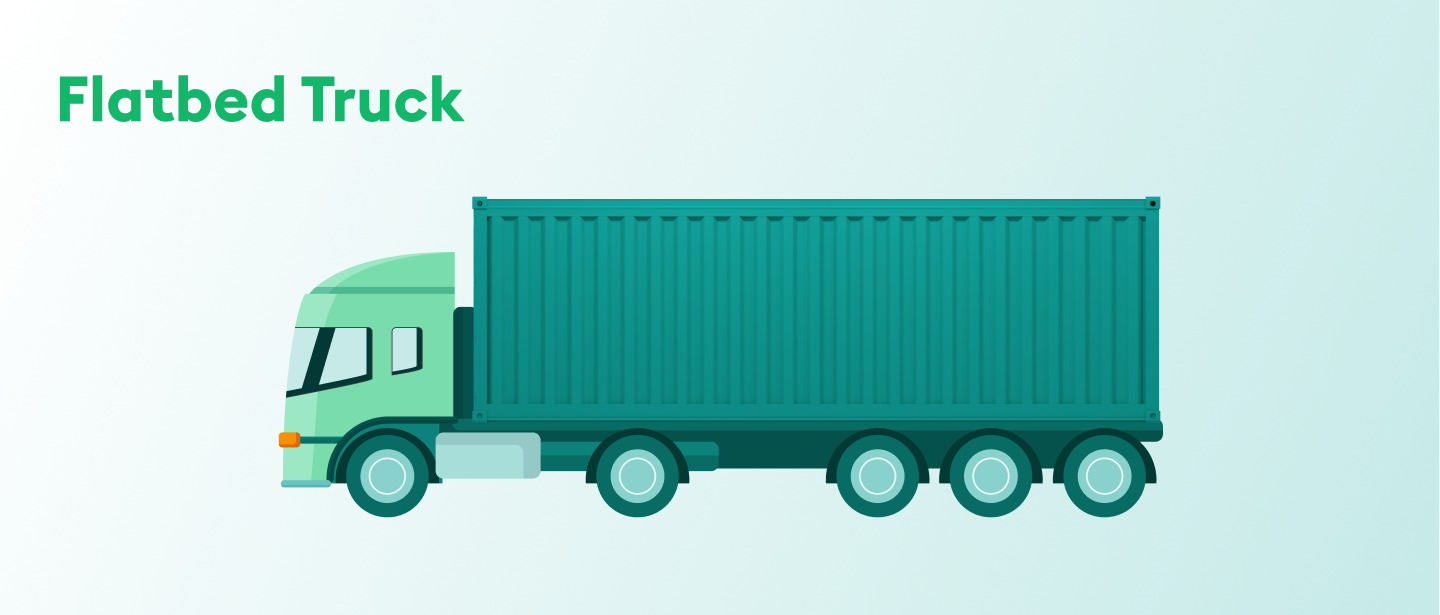
Semi-truck with container chassis
A container chassisWhat is a chassis? Chassis, in freight & logistics, refers to a skeleton framework with wheels on it used to move containers. It is also called intermodal chassis or container chassis. Similar to ... More is a trailer specifically designed to transport shipping containers. The chassisWhat is a chassis? Chassis, in freight & logistics, refers to a skeleton framework with wheels on it used to move containers. It is also called intermodal chassis or container chassis. Similar to ... More has built-in container locks that have corner castings to keep the container secure for long distances. You will need a crane to offload the container from the chassisWhat is a chassis? Chassis, in freight & logistics, refers to a skeleton framework with wheels on it used to move containers. It is also called intermodal chassis or container chassis. Similar to ... More.
Step deck truck
A step deck truck, also known as a drop deck or lowboy trailer, has two levels—a higher deck and a lower one, creating a “step.” This design allows it to transport high cube containers that exceed the height limits of standard flatbeds while providing stability during transport. Also like a flatbed, a step-deck pickup truck requires a crane or forklift to move the container on and off the truck bed.
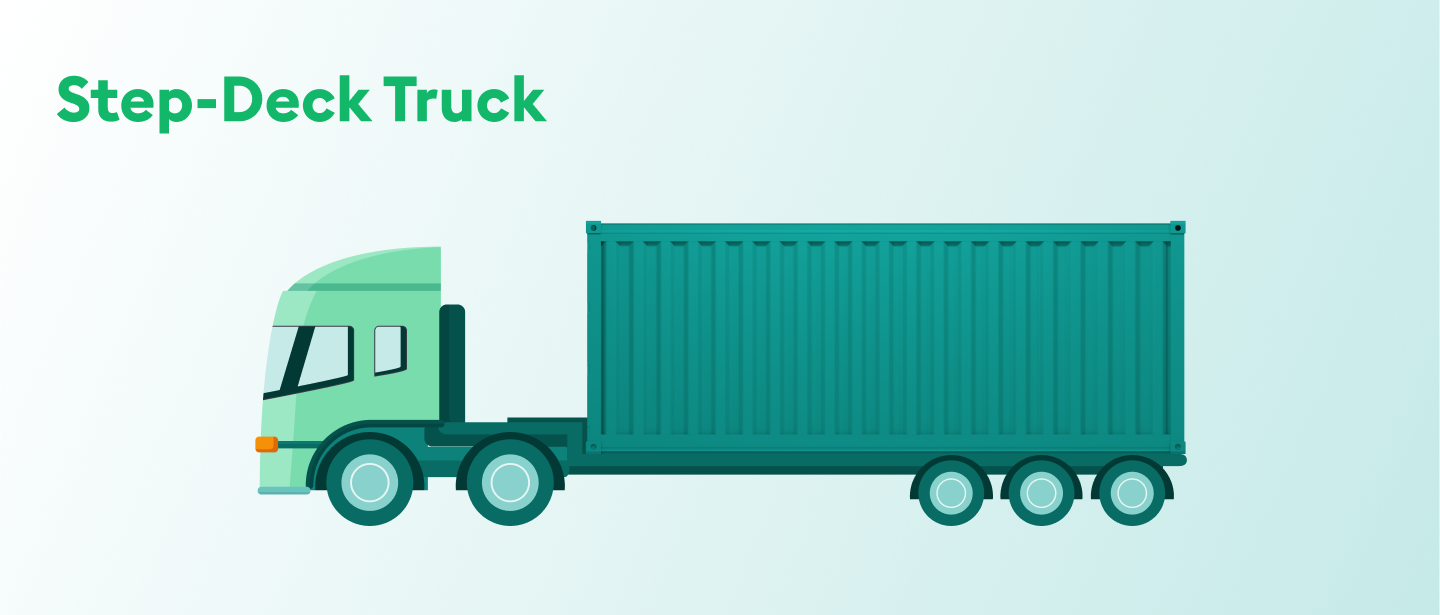
Despite so many ways to move a container, trucking companies are struggling with the freight recession in the US. However, there are ways you can make the most of this situation.
How truckers are expanding into container trading to beat freight recession
The freight recession in the US has been a challenging economic phenomenon marked by a declining demand for freight services. Several factors such as inflation, a surge in equipment coupled with less demand, and the global pandemic have contributed to a slowdown in manufacturing and consumer spending. Fewer orders mean less freight arriving in the US to be moved by trucks—impacting the logistics industry.
Amid the freight recession, container trading presents a promising business opportunity for small-scale truckers, since they already have the necessary infrastructure. Here’s how:
Utilization of assets
As a trucking company, you already own trucks and have an established local logistics network. By adding container trading to your portfolio, you can maximize your asset utilization. Containers can be transported using existing trucks, reducing the need for additional investment. By having access to affordable containers you can offer competitive rates to your clients. This cost advantage can attract more customers and enhance your market position.
Flexible investment
Containers come in various dimensions and sizes. You can start by buying a few shipping containers and gradually expand. Shipping container investment is scalable, allowing you to adjust based on market conditions.
Leasing opportunities
Apart from using containers to expand your own business, you can explore other shipping container business opportunities. You can buy containers at affordable rates and offer them for rent to manufacturers and anyone requiring storage solutions. When you put out your containers for rent, you generate a steady income without the need for constant buying and selling.
However, to make the most of container trading, you need a strong network of reliable buyers and sellers. That’s where Container xChange can help you. Our platform allows you to connect with 1,700 vetted container partners globally. Here’s how you can leverage our platform to make the most profits.
- Connect with sellers: Find vetted container sellers to buy units at the best prices.
- Connect with buyers: Once you’ve acquired containers, you can find container buyers in locations that have a high demand for containers and sell them for a profit.
Our platform gives you access to vetted container buyers and sellers in 2,500+ locations globally, including nationwide coverage in the US—allowing you to expand your business. Learn more about how Container xChange can help you by clicking the banner below!
How much does it cost to move a shipping container?
The cost of moving a shipping container depends on a variety of factors. Moving a 40ft container costs more than a 20ft container. Distance also plays a crucial role with longer routes incurring higher transportation costs.
The cost of moving a container via truck also depends on the fuel costs. The higher the fuel costs, the more it will cost to move your container. Another thing to consider is the cost of renting a forklift or crane to load the container on your truck. This can cost around $500 per day.
Since moving a container can be somewhat expensive, diversifying into container trading can be an effective solution to add that much-needed boost to your income.
Leverage the Container xChange trading platform for this. By using our platform, you can keep your container procurement costs to a minimum by buying units at the lowest prices. We have containers available for as low as $600 in some locations in the US! Check out more container offers here and expand your business today.
Other methods of moving a shipping container
Apart from moving containers through trucks, there are other ways to transport containers as well. Let’s take a brief look at them.
Move containers through rail
Moving containers by rail is a popular method for longer distances. You can use your truck to transport containers to the rail station, and then book train container slots for further transportation. Rail freight is safe, fuel-efficient, and fast.
Use sea shipping to move containers
Sea shipping is used to move containers internationally. It’s a cost-effective method if you want to move your containers globally. For regions with inland seas where the distance between countries is less, feeder vessels are used to transport the containers.
How to ship a container overseas?
Shipping containers overseas involves choosing the right container, packing your cargo securely, and preparing shipping documentsWhat are shipping documents? In shipping, shipping documents are documents that provide information about the goods being shipped. They may include information such as the origin and destination of th... More for customs clearance. You also need to select a reliable carrier to move the shipping container for you. While this may seem like a lot of steps, we’re here to help. Talk to our experts and know how you can get containers for overseas shipping easily.
Get shipping containers at low prices to move through trucks
Trucking companies often struggle to find affordable containers, impacting their operational costs. High container costs make it difficult for companies to offer competitive rates to their clients and expand their business to other investment opportunities like container trading.
That’s where you can leverage the Container xChange platform—for buying shipping containers at affordable rates. By buying containers, you can increase your asset utilization and transport more containers. It’s a low investment since you already own the trucks required for inland transportation.
Apart from this, you can buy and sell containers to make profits as well. We already discussed how container trading presents a promising business opportunity for small-scale truckers in this blog. It leads to:
- Utilization of your already existing assets.
- It is flexible as you can adjust your investment to market demand.
- It gives you a competitive edge. By having access to affordable containers you can offer competitive rates to your clients. This cost advantage can attract more customers and enhance your market position.
- You can lease containers to storage facilities when not in use.
Let’s understand this in more detail by giving an example of how a trucking company expanded to container trading using the xChange platform.
How Grunsky Trading Company expanded their business from trucking to container trading
Grunsky Trading Company has been a part of the real estate and trucking industries in the US for decades. However, the company wanted to expand its business to global container trading. After joining the Container xChange platform, the company found 54 other shipping companies through xChange and traded 600+ containers—making impressive profits!
Here’s what James Grunsky, the founder of Grunsky Trading Company has to say about xChange:
“xChange has been a massive help in helping me find containers all over the world. Not just find them, but the flexibility to move or trade them from one point of the world to another is amazing. It’s not only about trading containers but also the payment infrastructure and tracking systems that are incredibly helpful.”
Do you also want to expand your trucking business to make profits? Simply click the banner below to talk to our experts about how you can do that!
How to move a shipping container: Common FAQs
Are shipping containers easy to move?
Shipping containers have standard dimensions making it easier for them to be lifted by cranes. They’re also stackable, and can easily be transported via truck, rail, or vessels.
How to move a 20ft shipping container?
20ft shipping containers can be lifted using a forklift or crane. They can then be loaded onto flatbed or tiltbed trucks for further transportation.
How to move a 40ft shipping container?
You should use a crane to lift a 40ft shipping container onto a truck. 40ft containers can be moved using a flatbed truck. If it’s a high cube container, you can choose a step deck truck as it provides additional height space.
How do you lift a shipping container?
You can lift a shipping container using a forklift or a crane. Forklifts should only be used to lift empty 20ft containers as forklifts are not equipped to lift higher weights. However, cranes are the most common lifting equipment used for shipping containers as they can handle containers of various sizes and weights.



